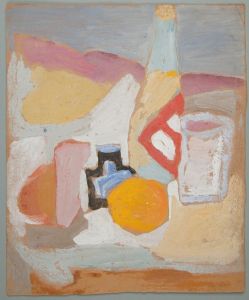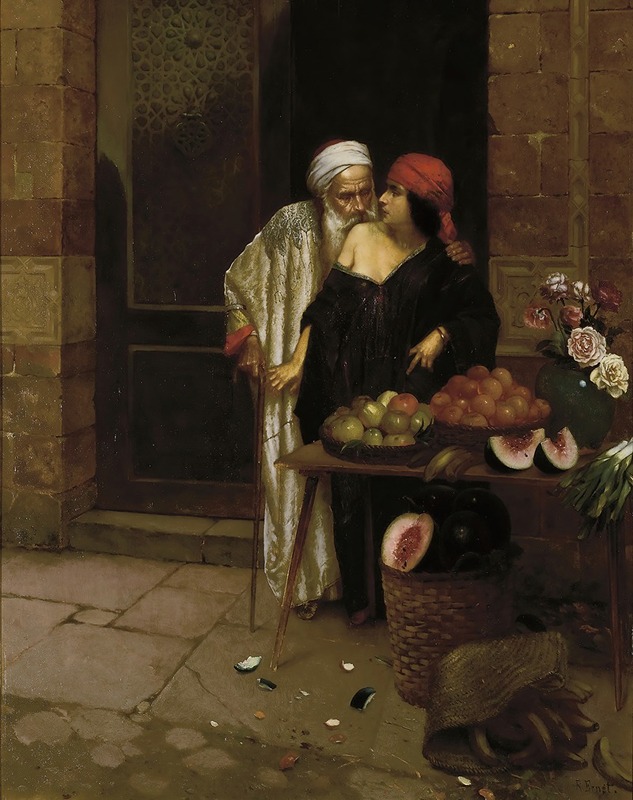
The Orange Seller
A hand-painted replica of Rudolf Ernst’s masterpiece The Orange Seller, meticulously crafted by professional artists to capture the true essence of the original. Each piece is created with museum-quality canvas and rare mineral pigments, carefully painted by experienced artists with delicate brushstrokes and rich, layered colors to perfectly recreate the texture of the original artwork. Unlike machine-printed reproductions, this hand-painted version brings the painting to life, infused with the artist’s emotions and skill in every stroke. Whether for personal collection or home decoration, it instantly elevates the artistic atmosphere of any space.
Rudolf Ernst was an Austrian painter known for his Orientalist works, which often depicted scenes inspired by the cultures and landscapes of the Middle East and North Africa. One of his notable paintings is "The Orange Seller." This artwork exemplifies Ernst's fascination with the exotic and his meticulous attention to detail, which were characteristic of the Orientalist movement in the 19th and early 20th centuries.
"The Orange Seller" portrays a scene that captures the viewer's imagination with its vibrant colors and intricate details. The painting typically features a market setting, where an orange seller is depicted amidst a backdrop that reflects the architecture and atmosphere of an Eastern bazaar. Ernst's skillful use of color and light brings the scene to life, highlighting the textures of the oranges and the fabrics worn by the figures in the painting.
Ernst was born in Vienna in 1854 and studied at the Academy of Fine Arts in Vienna. He later moved to Paris, where he became part of the Orientalist movement, a group of artists who were inspired by the cultures and aesthetics of the East. This movement was characterized by a romanticized portrayal of Eastern subjects, often emphasizing their exotic and picturesque qualities.
In "The Orange Seller," Ernst's attention to detail is evident in the way he captures the intricate patterns of the clothing and the architectural elements of the setting. The painting reflects Ernst's interest in the daily life and customs of the people he depicted, offering a glimpse into a world that was both foreign and fascinating to his European audience.
Ernst's work is often noted for its technical precision and the way it combines realism with a sense of the exotic. His paintings were popular among collectors and art enthusiasts during his lifetime, and they continue to be appreciated for their artistic merit and historical significance.
"The Orange Seller" is a testament to Ernst's ability to convey the richness and diversity of the cultures he portrayed. Through his art, he invites viewers to explore a world that is both familiar and distant, capturing the imagination with his vivid depictions of life in the East.
Ernst's contribution to the Orientalist movement is significant, as his works provide insight into the Western perception of Eastern cultures during the 19th century. His paintings, including "The Orange Seller," remain valuable pieces for both their artistic quality and their role in the broader context of art history.
Overall, "The Orange Seller" by Rudolf Ernst is a fine example of Orientalist art, showcasing the artist's skill in rendering detailed and vibrant scenes that transport viewers to a different time and place. Through this painting, Ernst continues to engage audiences with his portrayal of a world that is both alluring and enigmatic.





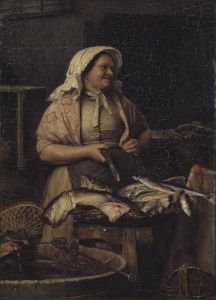
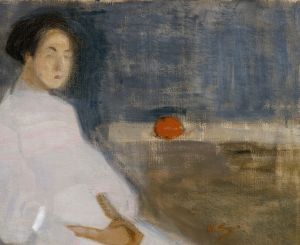
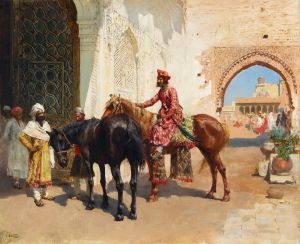
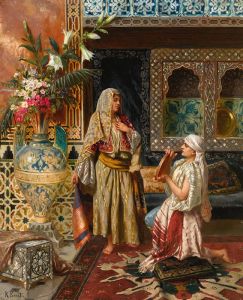
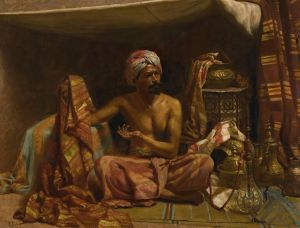
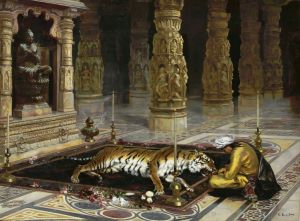
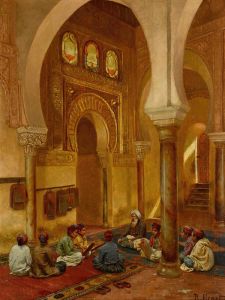

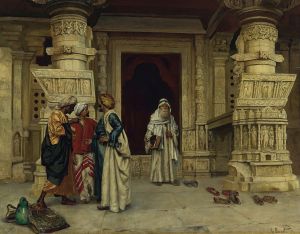
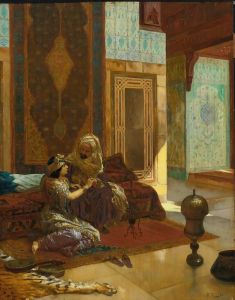
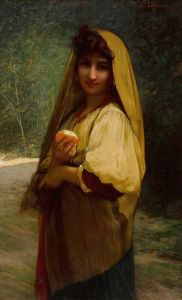
![Designs for staged commercial or trade exhibition displays of coal-fired water heaters and furniture.] [Perspective sketch in orange with rainbow edges](/imgs/249324/s/winold-reiss-designs-for-staged-commercial-or-trade-exhibition-displays-of-coalfired-water-heaters-and-furniture-perspective-sketch-in-orange-with-rainbow-edges-7c407bf3.jpg)
